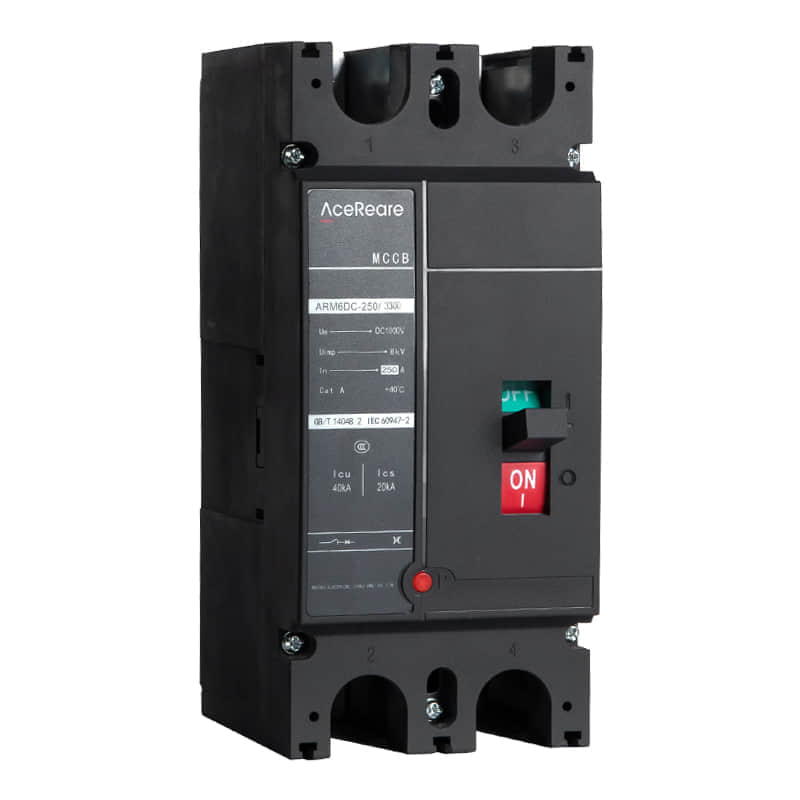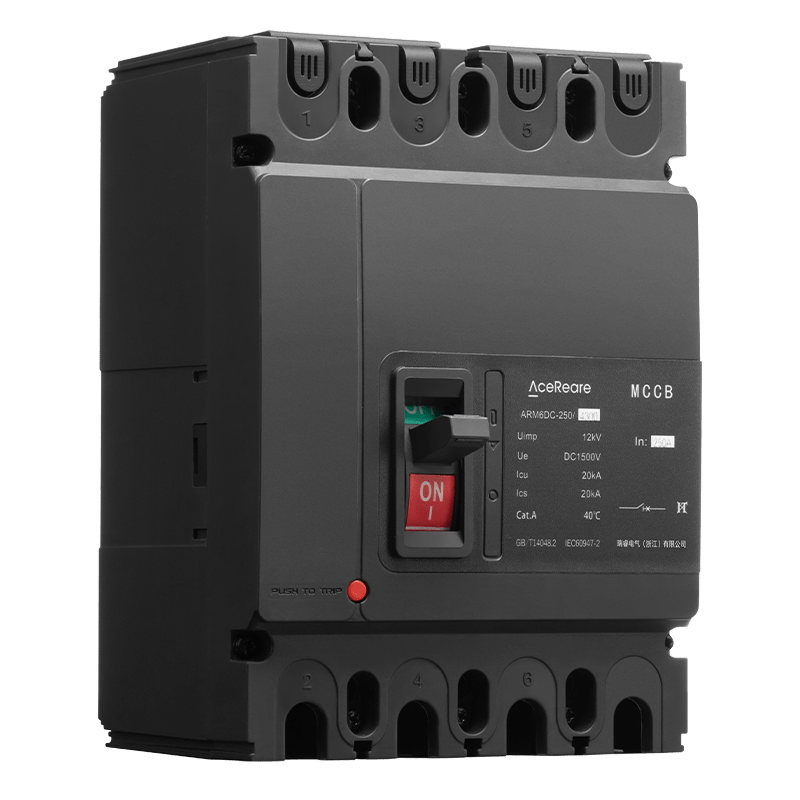Moulded Case Circuit Breakers (MCCBs) play a pivotal role in modern electrical systems, ensuring the safety of both equipment and individuals. These crucial components are meticulously designed and manufactured to meet the highest standards of precision, safety, and reliability. In this article, we will delve into the intricate world of MCCB manufacture, exploring the key processes and quality control measures that make them essential for electrical systems worldwide.

Designing for Precision

The journey of manufacturing an MCCB begins with a meticulous design process. Engineers and experts in the field work collaboratively to create a product that can effectively interrupt electrical circuits when necessary. Precision is paramount in this phase, as even the slightest error in design can lead to catastrophic consequences. Design engineers consider various factors, such as current ratings, voltage ratings, and fault protection requirements, to ensure that the MCCB will perform reliably in diverse electrical environments. Advanced computer-aided design (CAD) software aids in creating detailed schematics and prototypes, enabling engineers to fine-tune the design before moving to production. Precision Materials and Components Once the design is finalized, the focus shifts to selecting the right materials and components. MCCBs typically consist of high-quality conductors, insulators, and trip mechanisms. Copper and aluminum are commonly used for conductors due to their excellent conductivity and heat resistance. Insulators must withstand high voltages and temperatures to ensure safety. The heart of an MCCB is its trip mechanism, which detects faults and initiates circuit interruption. This mechanism relies on precision-engineered components like bimetals and solenoids. These components are carefully manufactured to exact specifications to ensure consistent and reliable operation. The Manufacturing Process MCCB manufacturing involves several key steps, each executed with precision and attention to detail. The process can be summarized as follows: Material Preparation:Raw materials are selected, inspected, and prepared for machining and assembly. Machining:Precision machining operations are carried out to shape conductors, insulators, and other components to their required specifications. Assembly:Skilled technicians assemble the MCCBs, carefully placing components in their designated positions. Testing:Rigorous testing is conducted to verify that the MCCBs meet their design specifications. This includes functionality tests, overload tests, and fault protection tests. Quality Control:Every MCCB undergoes thorough quality control inspections to ensure it adheres to the highest industry standards. Packaging and Distribution:MCCBs are packaged securely and distributed to customers, ready for installation in electrical systems. Quality Control and Safety Assurance Safety is of utmost importance when it comes to MCCBs. Manufacturers employ stringent quality control measures throughout the production process to ensure the reliability and safety of their products. This includes testing for precise trip times, proper fault detection, and the ability to handle overcurrent conditions without failure. Certification from regulatory bodies, such as UL (Underwriters Laboratories) or IEC (International Electrotechnical Commission), is often sought to verify that MCCBs meet or exceed safety standards. Manufacturers also conduct ongoing research and development to improve the performance and safety features of their MCCBs in response to evolving industry requirements. Conclusion Moulded Case Circuit Breaker manufacture is a complex process that demands precision, attention to detail, and an unwavering commitment to safety and reliability. These essential components are the silent guardians of our electrical systems, ensuring that power is delivered safely and reliably to our homes, businesses, and industries. As technology advances, the future of MCCBs promises even greater precision, safety, and reliability, continuing to play a pivotal role in the world of electrical engineering.
